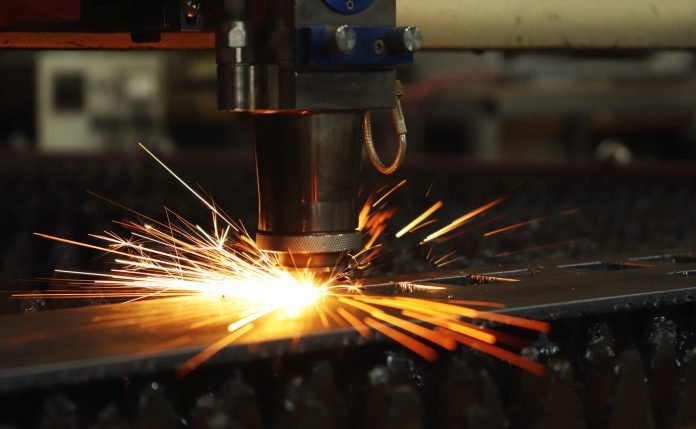Last Updated on July 20, 2023 by
What do you think about when you shop for products? If you’re like most people, you probably wonder how much the items cost or where they’re located. You probably don’t think much about how that product arrived on the shelf.
But, the best products undergo an intensive manufacturing process before they arrive in stores. This process ensures that the product performs the tasks you need.
Learning about this process can give you a greater appreciation for the products you purchase. It can also help you trust these products more since you know how thorough their testing was.
So, how does this manufacturing process work? Check out our guide below to find out!
Table of Contents
The Product Development Lifecycle
The manufacturing industry uses a seven-step process to develop products. These seven steps are:
- Develop the idea
- Validate the idea
- Build a prototype
- Create the messaging
- Build the product
- Release the product
- Improve the product
Several types of manufacturing systems use a version of this lifecycle, depending on if they are an ODM or OEM. If you’re wondering, “What is ODM,” click here to learn more.
Starting The Manufacturing Process: Building An Idea
The first stages of the manufacturing process involve building an idea. The first step is to brainstorm a product. At this point, the product team looks for ways to solve problems for hypothetical customers.
At the end of this phase, the team has a list of product concepts. The next goal is to narrow the list to a single product. It’s often best to consult ideal customers to get their opinions on this idea.
Rapid Prototyping And Messaging
Once a business chooses the concept they want to develop, they begin the rapid prototyping phase. At this stage, product teams begin to develop mockups of the product.
Different types of products may develop varying levels of prototypes. For example, a software company can create complex prototypes for eventual software products.
Others may need to build a rough physical prototype and test it. Each time, they aim to create an improved version.
The product team also begins consulting the marketing team as they develop their prototypes. As they do, they’ll create a marketing strategy to advertise the product and ensure it sells well.
Building, Releasing, And Improving The Product
Finally, the product team builds the minimum viable product. This version of the product is essentially a beta test for customers. Once they receive favorable feedback, the development team produces the final, improved product.
Once the real-world product hits the shelves, the company will wait for customer feedback. Over time, they can hear from customers and find ways to improve their products. This improvement process may require them to return to the fifth or sixth stages of the product development lifecycle.
Learn More About The Manufacturing Process
Most of the products you use daily underwent this manufacturing process. Because of this, you can trust that your product works in the most efficient way.
Learning about a product’s manufacturing process helps you understand it better. So, continue researching this process to learn more about your product!
We hope you enjoyed this article! If so, check out our other content today.
Apart from this, if you want to know about Push vs. Pull Manufacturing then please visit our Business catrgory




















